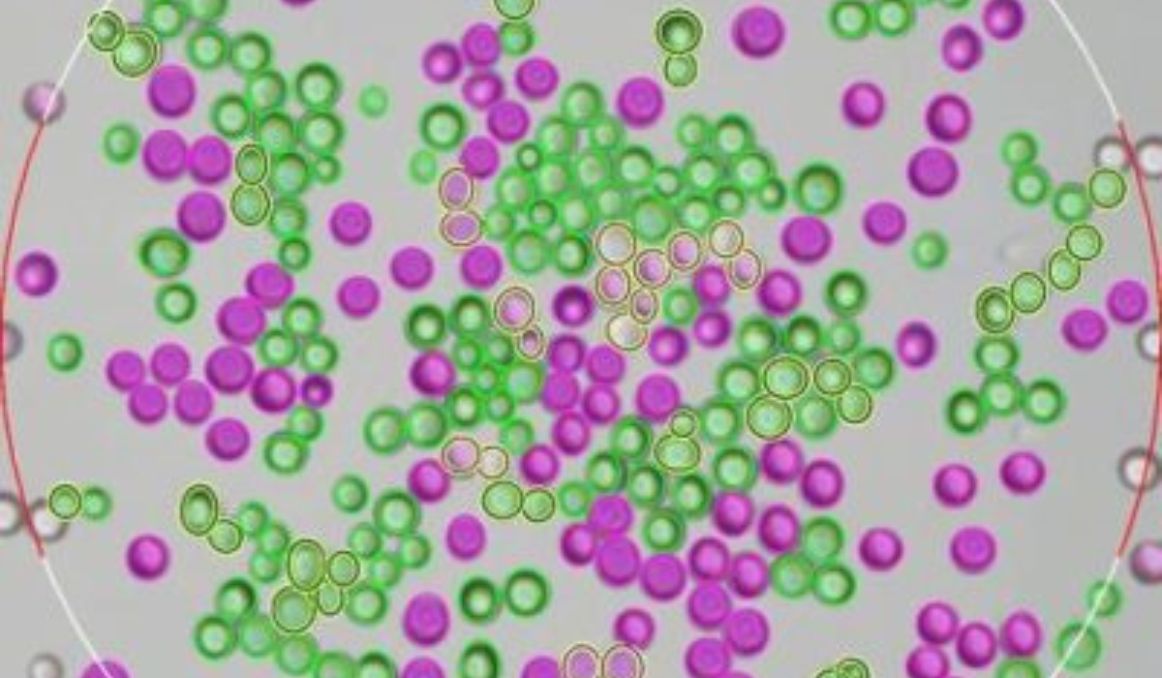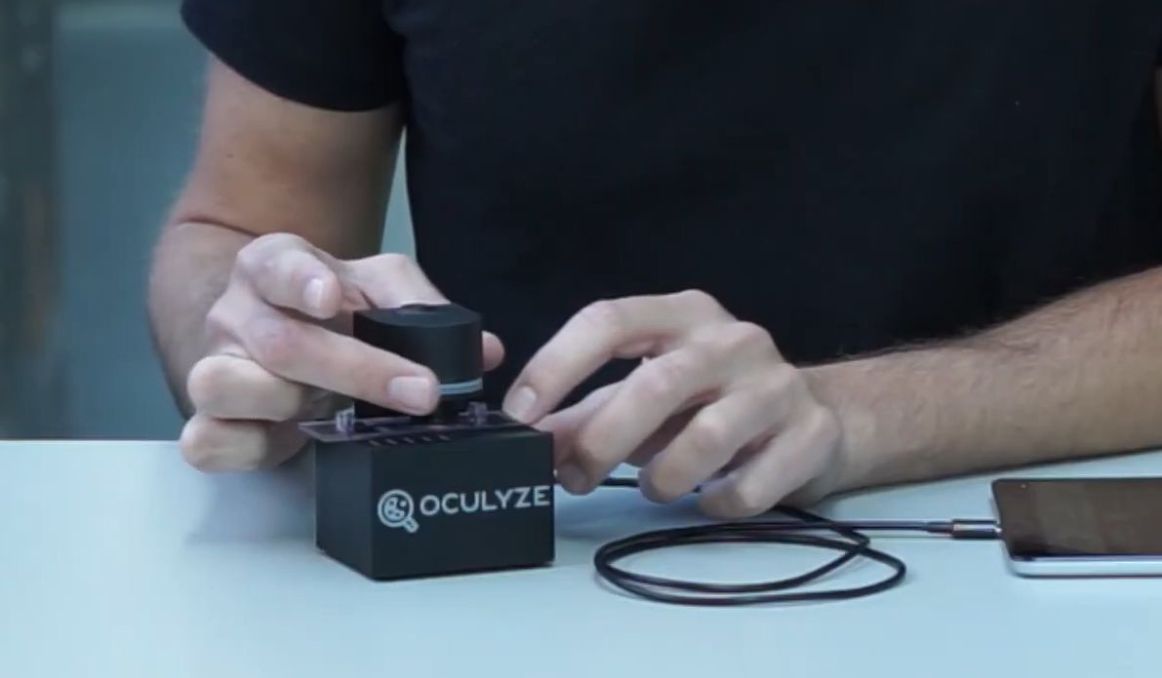The Best Microscope for Yeast Counting
In the beginning, brewers relied purely on nature to take its course, never having to worry about whether the yeast in their brew was present, alive, or active.
Today, with the advent of mass production and competition and the demand for consistency, the ability to control for a variety of factors calls brewers to seek out things like the best microscope for yeast counting.
Now that you can take control of your batch, you certainly should.
The question then becomes “how?”
Yeast Counting

For millennia, brewers had no idea what yeast was, much less that counting yeast cells was even possible.
They would simply malt their grain, crack it open, boil it and steep it, add some herbs for bitterness, and leave their wort out for a couple of weeks.
After much bubbling and frothing, they had beer!
Soon, they learned to harvest and crop their yeast, so they had a greater measure of control. They also learned to manage temperature, so they did not have to rely on the weather for brewing.
In time, brewers even hundreds of years ago had brewing down to a basic science. They would brew their beer, crop the yeast flocculating on the top, rinse it, and repitch it for the next batch, keeping the brewing room cooler or warmer, depending on if they were brewing lager or ale.
The scientific revolution came along in the 1500s and got closer inspections and experimentations of things going.
A couple hundred years later, French scientist Louis Pasteur hit the scene with, you guessed it, his microscope in hand, and began examining the stuff brewers were using to make beer.
“Yeast!” He declared.
He then proceeded to explain the fermentation process in great detail, giving brewers even more information on how to perfect their craft.
It turns out that once we try to control nature, nature often pushes back a bit, so it helps to be able to track what is happening.
You see, when left to its own devices, yeast will simply arrive on the scene and ferment for us. It is a pretty reliable process that has taken place since the beginning of human life on earth, and even long before.
Yeast has one job, the same job it has had for millions of years – find sugar, consume it, and convert it to alcohol and carbon dioxide.
Yeast is tiny, microscopic even, and it is everywhere at all times on every surface.
It is hardy, able to survive in myriad environments, only really dying when it gets too hot, as it cannot survive over 120 degrees Fahrenheit.
It can reproduce sexually and asexually, and with or without oxygen.
As such, yeast has never really needed help surviving.
But when humans began trying to harvest it, save it, and use it for their own specific brewing purposes, we also had to deal with the consequences of that.
When we keep yeast out of its natural environment for the purposes of managed propagation or reuse, it goes without food, gets too hot, or deteriorates over time in a controlled environment.
This is not to say that brewers should not harvest and bank their own yeast; indeed, it is a wonderful practice for providing consistency for customers, perhaps the most important competitive factor in brewing today.
It is just that now we have to be highly scientific about the process.
To that end, we must be able to track the yeast cell count, the viability of those cells, and even their vitality.
In short, we want to know how many yeast cells we have in a batch, if those cells are actually living, and how active those cells are.
To do this, many brewers call on the same tool Louis Pasteur used – the microscope.
Best Microscope for Yeast Counting

To ensure you have a healthy brew, the first step with yeast is to ensure you have a healthy yeast cell count.
Typically, brewers will have two critical tools that work together.
The first is a Hemocytometer, which is a counting chamber in which you will place your yeast for the cell count.
The second is a microscope under which you can observe those yeast cells.
Of course, you will also need Pasteur Pipettes, which will allow you to transfer your yeast to the counting chamber.
And if you want to check for viability of your yeast cells (of course you do!) you will also need Methylene Blue Stain, which will dye your dead cells so you can identify how many of your cells are actually alive (pretty important).
While you’re at it, then, you may as well also measure vitality, which can be viewed through a microscope with a higher intensity magnification.
All that said, in terms of the best microscope for just yeast counting, you can invest in a small, lower magnification, with 100x to 200x magnification.
But if you buy this lower magnification, you will be limited to only yeast counting.
If you are going to invest in a microscope, it seems you may as well upgrade to one with a 400x to, which will allow for recognition of the viability and vitality counts.
Now, if you are interested in experimenting with wild yeast and bacteria in your brews, even down the line, it may serve you even better to buy a microscope that will allow you to examine cellular morphology, ideally 1,000x. Most of the times, though, a 400x magnification is more than enough for a brewer’s needs.
Thus, when determining which microscope is best for yeast count, you must also be factoring in whether that is the only purpose of the microscope, and if you plan to make any advancements in the future, you might want to invest the extra money in a higher magnification microscope now, rather than having to upgrade later, spending more money in the long term.
Cheers!
Still looking for the best microscope for yeast counting? Drop us a line at [email protected] or check out the product page for the best yeast cell counting kit:
The Oculyze app integrates cool features such as yeast cell counting and viability, a pitch rate calculator, and fermentation tracking. The 400X magnification of the Oculyze microscope is comparable to a high end laboratory microscope, only it is extremely compact, making it the lightest automatic microscope in the world today – easy to transport and store.
Last but not least, you can now get access to a fully functional demo account to test our Web App. Completely free of charge and with no commitment to purchase.


